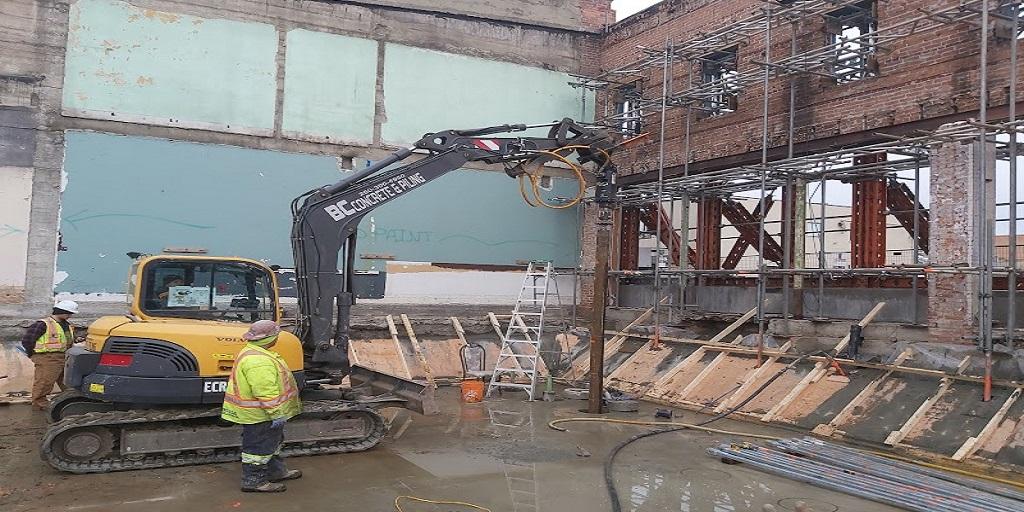Can You Reuse Helical Piles? The Truth About Relocation and Reinstallation

When it comes to foundation systems, durability and adaptability are key concerns—especially in temporary structures or when project plans change. One of the most frequently asked questions in the world of deep foundations is: Can helical piles be reused after removal? The short answer is yes, under the right conditions. However, the real answer lies in understanding the nuances of helical pile installation, removal, and the engineering considerations that follow.
Helical Piles Are Built to Last—But What Happens After Removal?
Helical piles are known for their strength, stability, and efficiency. Once installed, they can remain in place for decades, bearing significant structural loads with minimal maintenance. But not all structures are permanent. For modular buildings, temporary event stages, or even shifting construction needs, the ability to relocate foundation elements is a major plus.
Fortunately, helical pile installation is a reversible process. Since piles are installed by screwing them into the ground rather than being hammered or poured like concrete, they can also be unscrewed and removed with minimal disturbance to the soil. This opens the door for potential reuse—but it’s not quite as simple as pulling one out and screwing it back in somewhere else.
Factors That Determine Reusability
While the process of removing a helical pile is relatively straightforward, several factors influence whether it can be reused:
- Structural Integrity of the Pile
After removal, the pile must be inspected for signs of wear, corrosion, or deformation. If the shaft or helix plates show damage, it may compromise the load-bearing capacity of the pile, making it unfit for reinstallation. - Soil Conditions at the New Site
The success of helical pile installation depends heavily on the characteristics of the soil. A pile that performed well in clay-rich soil may not offer the same stability in sandy or rocky conditions. Engineers must evaluate whether the previously used pile is appropriate for the new location. - Installation Torque Records
Proper documentation from the original installation—such as torque and depth readings—can help determine if the pile was overstressed or pushed to its limits. If those values exceed what is recommended for reuse, it’s better to err on the side of caution. - Length and Configuration
The pile’s shaft length and helix diameter must align with the design requirements of the new project. In some cases, a reused pile might need to be extended or trimmed, which adds complexity and cost.
Engineering Approval Is Key
Even if a helical pile appears structurally sound, any decision to reuse it should involve a qualified engineer. An expert assessment ensures that the reused pile will meet the safety and performance requirements of the new project site. Without this step, you risk compromising the structural integrity of the entire build.
Cost Considerations
Reusing helical piles can reduce material costs, but only if the conditions are right. If reinstallation requires excessive modification, transport, or testing, the savings might not justify the effort. For some projects—especially temporary structures—reuse may be a highly practical solution. For others, new helical pile installation might still be the most economical and reliable choice.
If you're working on a temporary build or thinking of relocating an existing structure, talk to your foundation experts about whether reusing helical piles is a viable option. It might just be the smart, sustainable choice your project needs.
For more information about Underpinning Services Bc and Drilling Contractor Okanagan Valley Please visit: ATLAS PILING.
- Seo
- Art
- Causes
- Crafts
- Dance
- Drinks
- Film
- Fitness
- Food
- Oyunlar
- Gardening
- Health
- Home
- Literature
- Music
- Networking
- Other
- Party
- Religion
- Shopping
- Sports
- Theater
- Wellness
- Business & Money

